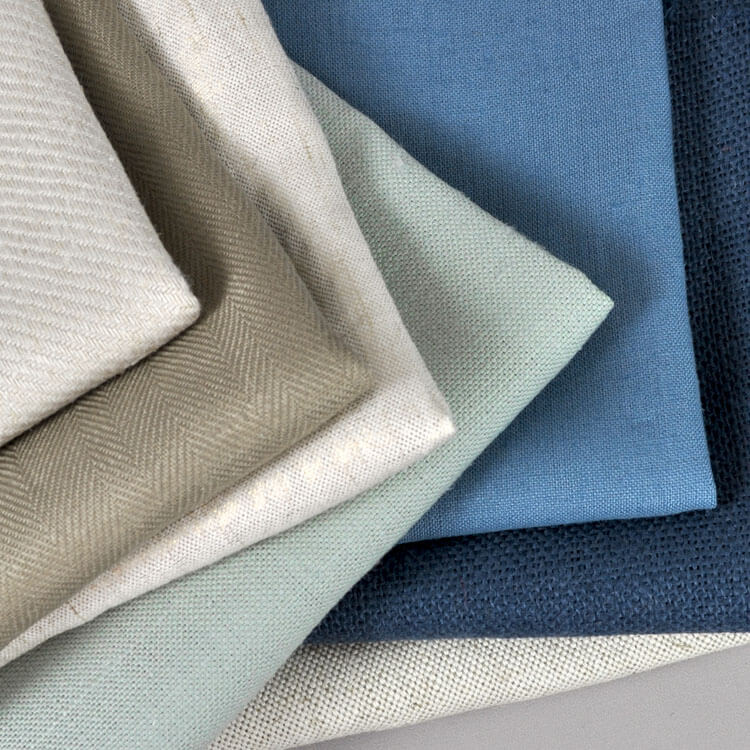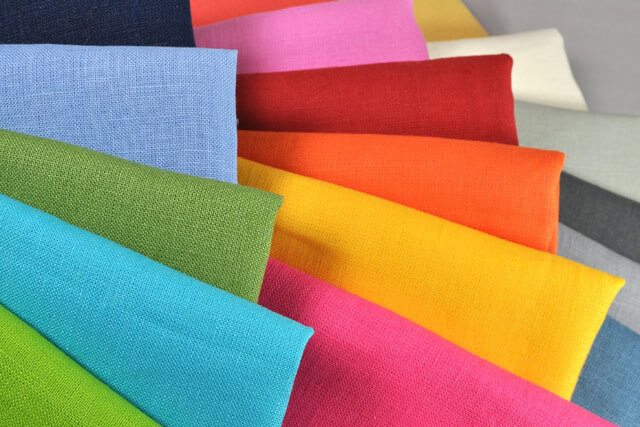Follow these steps when working with linen:
- If you are going to wash your garment, pre-wash the fabric and dry it before you cut it out. If you plan on having the garment dry-cleaned, then pre-treat the fabric by having it dry-cleaned or by steam pressing it.
- Use a machine needle between size 10 and size 14, depending on the weight of the linen.
- Set the machine stitch length at 2.5-3mm. Lightly balance the tension. Test stitch length and tension on a scrape of linen before beginning.
- Use lightweight or all purpose thread.
- Use safety pins to mark the right side of your fabric when laying it out.
- Do not use erasable pens to mark linen; it can be easily damaged by these and by colored chalk and wax. White chalk, pins, and clipping the fabric are good ways to mark linen.
- Finish seams by pinking the edges or binding them. Pinking is easiest for beginners. It is less time consuming than most methods and it is a classic finish. You can also serge linen seams, which is a quick method for casual garments if you are used to using the serger.
- Linen is not easy to ease, so choose a pattern that requires little easing. Shrink and shape the sleeve caps by steam pressing before setting the sleeves into the garment.
- Topstitching works well on linen. Linen is also great for machine embroidery.


